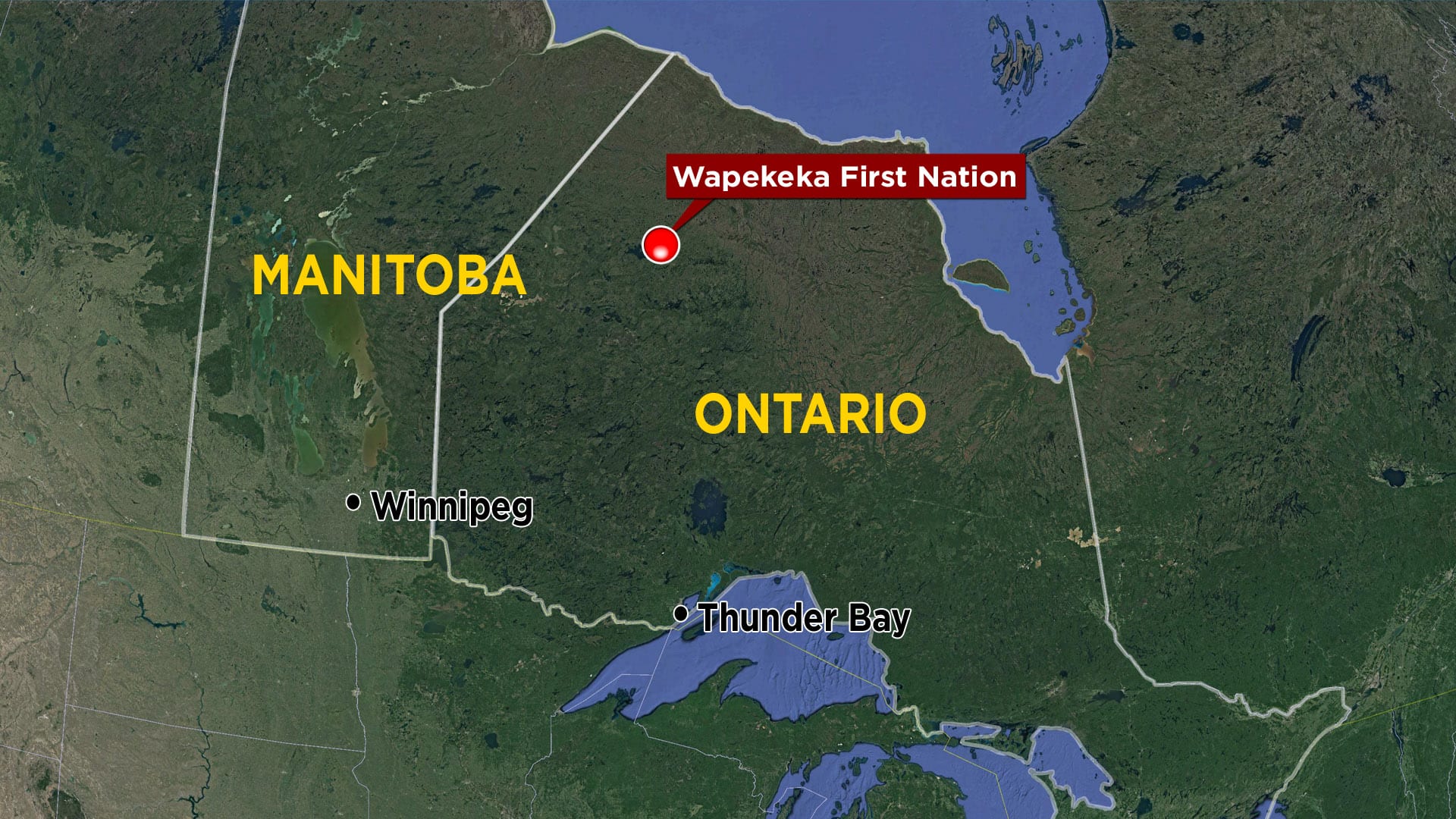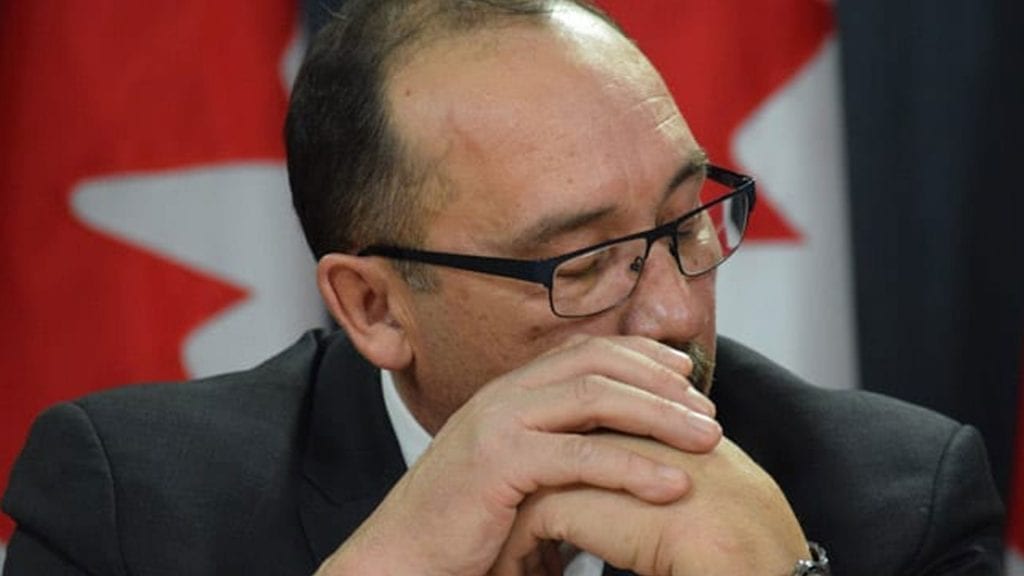
Jonathan Solomon, grand chief of the Mushkegowuk Council, Thursday in Ottawa. Photo: Mark Blackburn/APTN
They crossed the ice on snow machines pulling the casket of Chantel Fox, and used their own hands to dig her grave through the permafrost with pick axes and shovels.
The family laid their little girl in the ground there.
They had no back hoes or a crew of men – on Wapekeka First Nation the family bury their own said Fox’s uncle Joshua Frogg.
“The families are the ones actually burying their children,” said Frogg of the small community of about 350 people in northern Ontario. “(The family) actually put the dirt on the casket.”
Fox committed suicide on Jan. 10, two days after Jolynn Winter also did so in the community.
They were both 12-years-old and the deaths have gripped the small, fly-in community 600 km north of Thunder Bay.
Their deaths have also grabbed national attention.
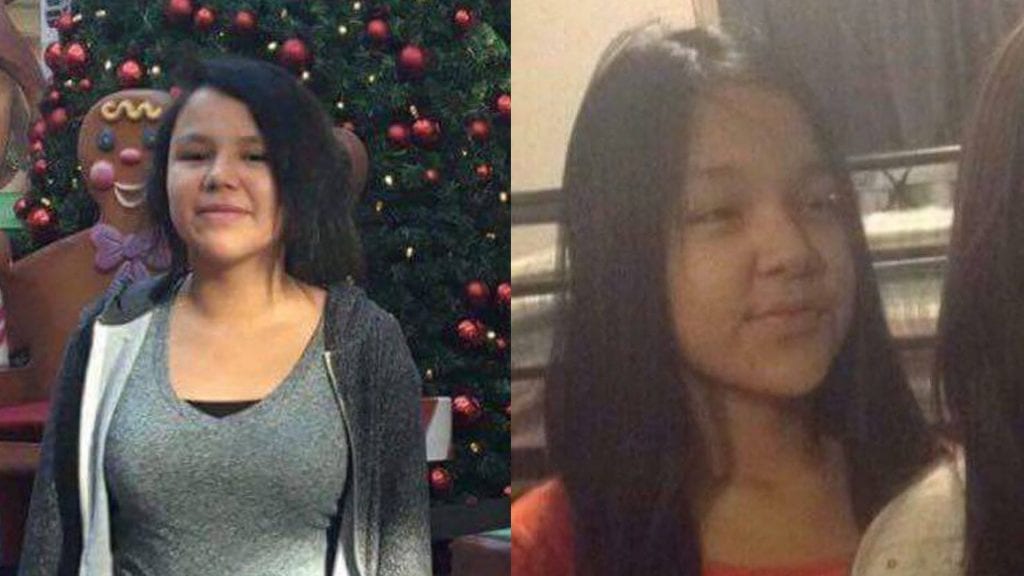
Northern chiefs and representatives came to Ottawa Thursday calling for a national suicide prevention strategy.
But the sudden deaths of Fox and Winter could have been prevented, the chiefs said.
Wapekeka wrote Health Canada in July asking for help as they uncovered a suspected suicide pact among young girls in the community.
“There have been many suicide attempts by youth in the past year and it is believed there is a suicide pact with a group of young females,” Wapekeka Chief Brennan Sainnawap wrote in a letter to Tracey Clarke of Health Canada on July 18.
The community lacked the resources to address the situation and asked for help.
Health Canada didn’t provide the resources and have now told the public Wapekeka’s request came at an “awkward” time in its budget.
“I heard a senior official for Health Canada say (Wednesday) that when they received that proposal from Wapekeka it was a bad time. It was an awkward time for them to even consider approving that request,” said Nishnawbe Aski Nation Grand Chief Alvin Fiddler Thursday.
“I think that is the question our communities are asking today, when is it the right time?”
NDP MP Charlie Angus was more direct in this evaluation of what happened.
“It has to be said. If these were white kids in a provincial school system, in a provincial medical system, and the government said ‘well, you know, it was an awkward time to help those kids. That’s why they died.’ People would be fired,” said Angus. “But when it comes to federal government and Indigenous Affairs and Health Canada it’s just another day at the office. That has to end.”
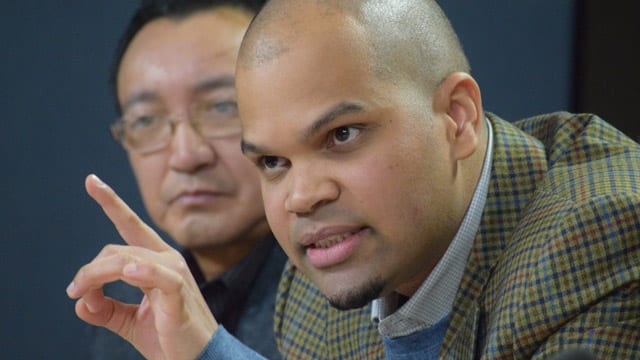
Dr. Michael Kirlew with Sioux Lookout First Nations Health Authority, who has testified before a parliamentary committee on the issue of health services, warned there is a price to be paid for consistently underfunding the health services First Nations children need.
“Make no mistake, the cost of our complacency will be paid for in full with children’s lives period,” said Kirlew.
He recalled hearing Health Canada Minister Jane Philpott speaking at a conference not too long ago.
“She said something that I found very powerful. She made the statement ‘insist on equity.’ I remember going back to (my) hotel room that night and thinking about what she said – she said ‘insist on equity’. She didn’t say ‘suggest equity’. She didn’t say ‘hope for equity’. She said ‘insist on equity’ and that’s what we’re here to do.”
It’s not as though the northern Ontario First Nations haven’t been trying to address the suicide crisis. It’s been something they’ve been working on since the 1980s and have lost over 500 people to suicide to date.
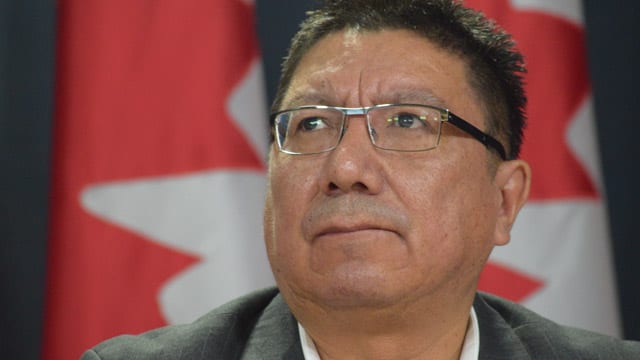
A year ago, NAN issued a call to action to the federal government to help them address it. Since then they’ve lost 17 people.
“Our First Nations know what works in their communities and many have had success with community-led approaches, but when funding runs out they fall back into crisis. Proposals and recommendations are submitted, including a direct plea for help by Wapekeka last summer, and it is unconscionable that this government has failed to act,” said Fiddler.
The call to action followed the launch of The People’s Inquiry on Suicide by the Mushkegowuk Council, resulting in what they say is “a comprehensive report documenting the ongoing suicide pandemic in First Nations along the James Bay coast.”
Jonathan Solomon, grand chief of the Mushkegowuk Council said he has personally handed the report to Philpott and Indigenous Affairs Minister Carolyn Bennett, as well as Prime Minister Justin Trudeau.
“They are just dragging their feet and we continue to bury our loved ones,” said Solomon. “What is it going to take to hear the cries for help?”
He said no one wants to die, “They want the pain to stop.”
In Wapekeka, Frogg said they ran their own suicide strategy for 22 years, after suicides in the 1990s, until it ran them into a deficit.
Philpott addressed the situation again Thursday on a stop in Moncton.
“There are deep challenges in these communities that have led to a situation where young people don’t feel hope for their future. We have worked with First Nations communities and other Indigenous peoples across the country to develop a solution that they need,” she said, adding her government is investing $24 million in ‘mental wellness’ across the Nishnawbe Aski Nation.
As for Frogg, he’ll return home soon to Wakepeka, a community still trying to come to terms to the lives lost. But Fox and Winter were more than just names added to a growing list.
“In the community, those are our children. Those are our future. Those are our legacy,” he said.



